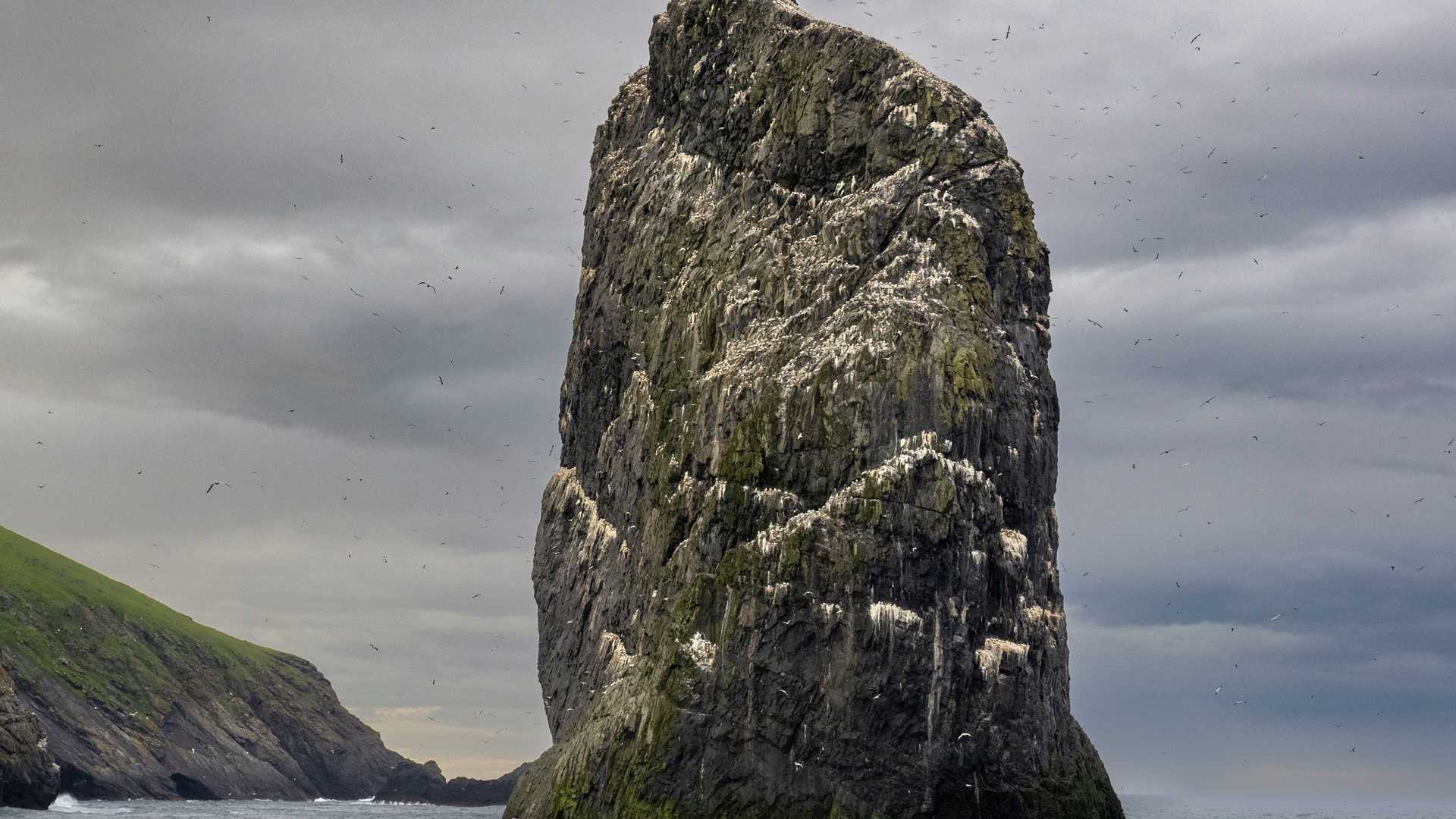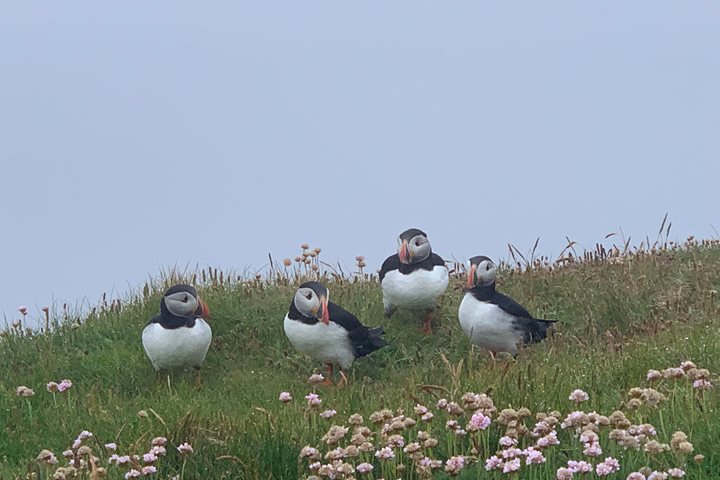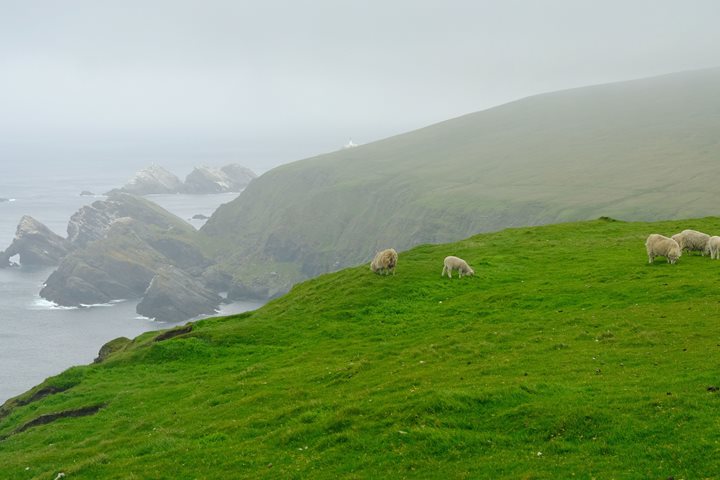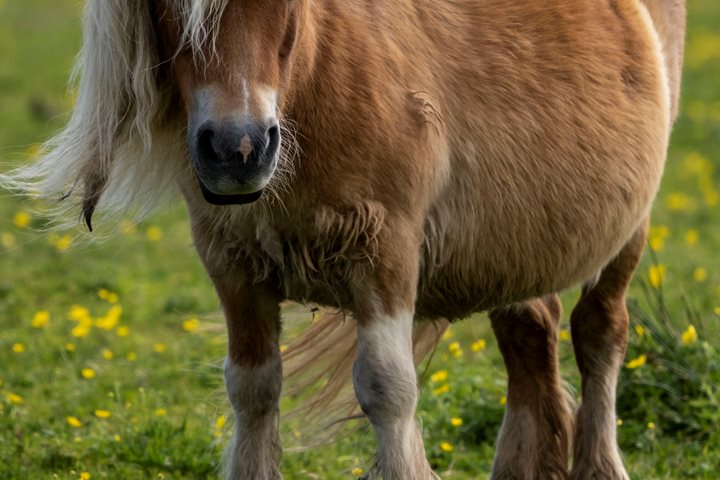One of the greatest things about a Lindblad Expedition is that even when weather prevents you from doing a planned excursion, it never means doing nothing for the day. In true expedition style, it means exploring the possibilities and figuring out an incredible plan B. Today was one of those days. Even though our initial plans were cancelled by weather, the day turned into an incredible adventure and in my mind, it was one of the best days of the expedition so far. We started early with a visit to Stac Lee, a sea stack with hundreds of thousands of gannets nesting on the island. It hosts the largest gannet colony in Scotland. When our planned visit to St. Kilda was cancelled, we set off to the Isle of Lewis to visit the Stones of Callanish, a spectacular megalithic monument dating back to 3000 BC.
- Daily Expedition Reports
- 26 Jun 2022
Fowey, 6/26/2022, National Geographic Explorer
- Aboard the National Geographic Explorer
- Europe & British Isles
Steve Morello, Naturalist/Certified Photo Instructor
Steve Morello has had a long and colorful career in the natural history world. Born in New Jersey he was lucky to be able to summer on the shores of Cape Cod. Whether it was exploring the tidal pools, snorkeling along the beach, or hiking in the dune...
Read MoreShare Report
Ancient Isles: England, Ireland, and Scotland
VIEW ITINERARYRelated Reports
6/29/2022
Read
National Geographic Explorer
Unst and Lerwick, Shetlands
This morning we arrived to Unst, which is about 200 miles west of Norway and the most northerly island of the Shetlands and all the British Isles. Dozens of Viking longhouses have been found here; we were able to see replicas of a Viking ship and a Viking longhouse. While many of us had a tour of Unst’s highlights, another group went birdwatching in Hermaness National Nature Reserve.
6/28/2022
Read
National Geographic Explorer
Foula and Mousa Isles
Today we got to visit two very special places in the Shetland Islands, Foula and Mousa. On Foula, a small group of people live a bucolic lifestyle. They are isolated from the world and dependent on the ferry or a small airplane to provide them with the necessities of life that they cannot grow, raise, or fish for themselves. The second Island, Mousa, is the site of a Neolithic broch used in the Iron Age and dated at 300 BC. Brochs are found only in Scotland, and this is the best-preserved broch in the country.







